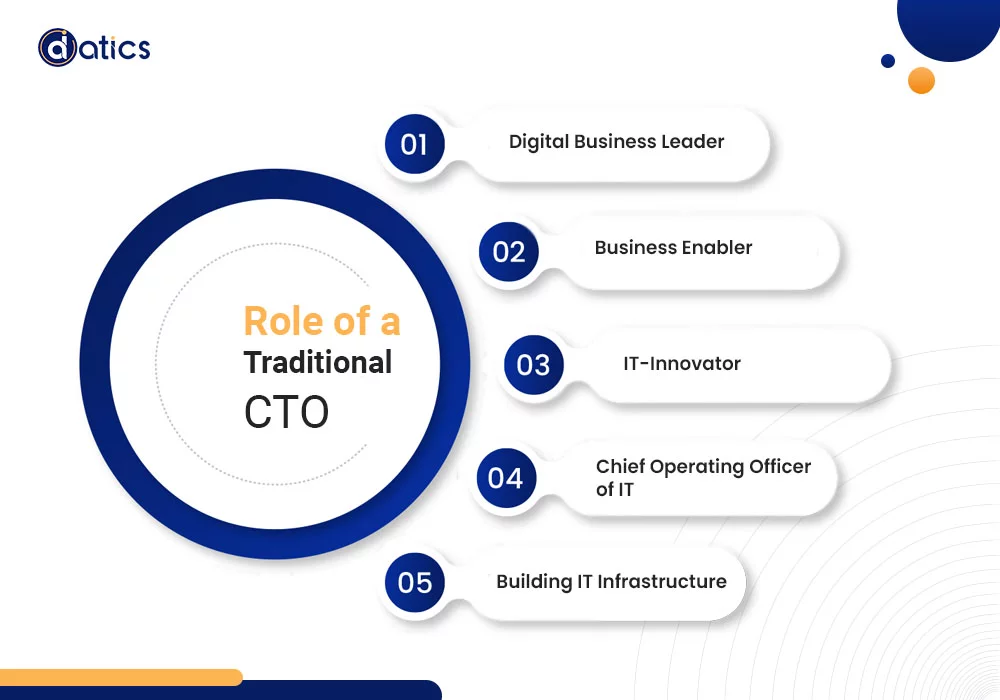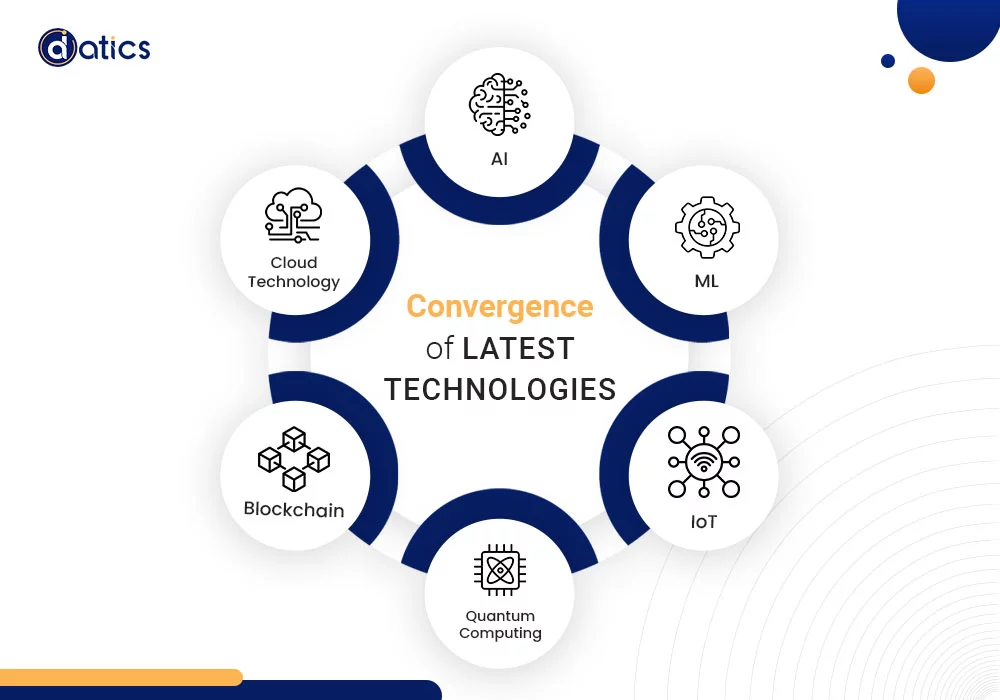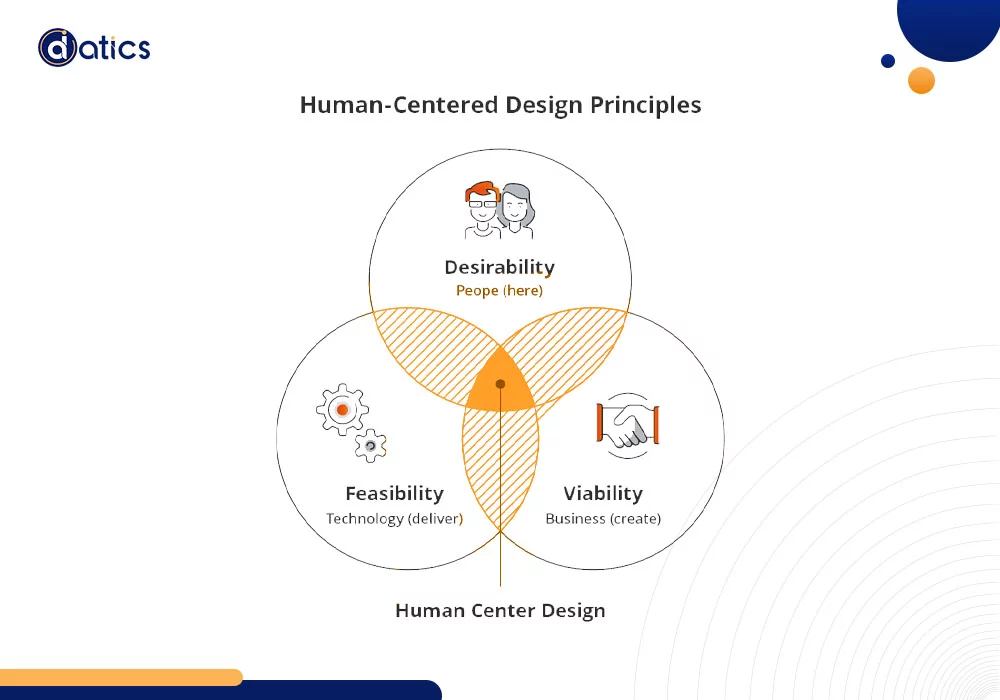
© 2024 | All Right Revered.
The Evolution of CTOs in a Rapidly Changing World: Embracing Tomorrow’s Tech Challenges.

Chief Technology Officer
A tech builder, mastering engineering processes and venture building by creating rapid, scalable, and solid product solutions. A staunch advocate for the disruptive capabilities of AI Co-Pilots in the software service industry.

When reflecting on their professional paths, seasoned CTOs can likely identify several ways in which their role has adapted and expanded. The velocity of change in the ever-evolving tech industry has arguably never been as swift as it has been in the past five years.
This era has witnessed the widespread acceptance of remote work, the introduction of pioneering technologies like blockchain, the surge of ChatGPT, and various other notable advancements.
In the next decade, CTOs will encounter challenges beyond just dealing with new technologies. They will need to address evolving user expectations, evolving corporate obligations, and an expanding sphere of responsibilities.
We have compiled a list of the top challenges faced by CTOs from various tech domains. They also offer valuable strategies for how to overcome these challenges. Before looking into the future, let’s first talk about the traditional role of the CTO in organizations.
The Chief Technology Officer (CTO) title emerged during the dot-com boom of the 1990s, marking a relatively recent addition to the corporate vocabulary.
However, its definition remains remarkably flexible, mirroring the swift evolution of the IT industry. The role’s interpretation can vary significantly across organizations and industries, reflecting its adaptability to diverse needs and contexts.
But what, precisely, does a CTO do? The answer is far from uniform and largely depends on the scale and developmental stage of the company. In essence, a CTO is entrusted with the oversight of technology development and deployment, benefiting external customers, vendors, and clients alike, all with the ultimate goal of enhancing and expanding the business horizon.
In today’s business landscape, the role of a CTO is integral to the operation of virtually all companies. Rather than solely focusing on operational efficiency, the CTO plays a critical role in empowering businesses to deliver value to their clients and charting the course for the future. The CTO leads the way in technology management, innovation, and increasingly, product development.

As technology continues its rapid evolution, Chief Technology Officers (CTOs) are at the forefront of shaping the future. The landscape they navigate is a dynamic one, filled with both opportunities and complexities.
In this section, we delve into the challenges awaiting CTOs on the horizon and explore strategies to not only meet but also conquer these challenges. The CTO’s role is more pivotal than ever, and their ability to adapt and innovate will shape the tech landscape of tomorrow.
As the next decade unfolds, CTOs will turn their focus towards leveraging AI for decision-making and automation. To thrive in this changing landscape, they must invest in AI expertise, encourage collaboration across disciplines, and establish a data-driven ethos. This approach guarantees the successful integration of AI within their organizations and creates an environment that thrives amid technological disruptions.
As the next decade unfolds, CTOs will turn their focus towards leveraging AI for decision-making and automation. To thrive in this changing landscape, they must invest in AI expertise, encourage collaboration across disciplines, and establish a data-driven ethos. This approach guarantees the successful integration of AI within their organizations and creates an environment that thrives amid technological disruptions.

Beyond technological know-how, the future’s best CTOs will also embrace the principles of sales. Staying updated on tech trends is vital, but mastering the art and science of salesmanship is equally crucial. Sales knowledge is set to become an indispensable asset in the toolkit of every successful CTO.
As technology races forward, the role of CTOs in driving business growth becomes increasingly critical. In the next decade, CTOs must adeptly identify emerging technologies that confer a competitive edge and seamlessly align these solutions with overarching business strategies.
Remaining competitive necessitates staying at the forefront of technological advancements, enhancing communication skills, asserting their leadership presence, and refining strategic thinking abilities.
The roles of CEOs and CTOs are undergoing a significant transformation, with CTOs now taking on more extensive responsibilities in managing external factors. These responsibilities encompass crucial areas such as investment decisions, business strategy, and risk management, notably in the realm of cybersecurity.
To thrive in this evolving landscape, CTOs must prioritize the establishment of effective communication and collaboration channels to secure the necessary support in an ever-changing environment.

With the technology landscape continually evolving, CTOs are facing a significant change in their roles. They are now expected to play a more prominent part in ensuring ethical technology use. To proactively adapt to this shift, CTOs must stay informed about emerging ethical and legal frameworks, engage in extensive collaboration across departments, nurture a culture of responsible innovation, and allocate resources to emerging technologies that enhance data privacy and minimize biases.
Embracing these adjustments is critical for upholding ethical standards in the dynamic landscape of technology and business ethics.
The modern Chief Technology Officer (CTO) is increasingly tasked with the role of a ‘tech translator.’ As technology, including generative AI, advances at an unprecedented pace, CTOs are at the forefront of translating complex tech concepts into pragmatic and ethically sound business value.
This multifaceted challenge demands not only technical expertise but also a profound understanding of business dynamics and the ability to communicate effectively to bridge the tech-business gap.
With the ascent of artificial intelligence and machine learning, the modern Chief Technology Officer (CTO) must embrace a new dimension in their role: comprehending the end-user experience as intimately as a product owner. This requires a deep dive into user psychology, encompassing aspects like curiosity, demographics, and decision-making factors that influence project development.
CTOs who master this perspective are well-equipped to construct a strategic ecosystem of partners and platforms, essential for driving innovation and executing a robust technology strategy.
The Chief Technology Officer (CTO) position has long held a multifaceted role, balancing the enablement of business operations with the formulation and upkeep of technology strategy, standards, and effectiveness.
Traditionally, CTOs have dedicated their efforts to harnessing emerging tech tools like big data, AI, ML, blockchain, quantum computing, mobile, and cloud technology. However, the evolving era is poised to redefine the role, with CTOs now taking center stage in guiding the convergence of these critical technologies.

As the tech landscape becomes increasingly inundated with hype cycles, the role of a Chief Technology Officer (CTO) is evolving to encompass the management of tech-related risks. This entails the development of robust ‘hype filters’ that enable CTOs to assess the state and potential of emerging technologies accurately. By doing so, CTOs play a crucial role in providing clarity to the leadership team and the entire organization.
As technology continues its rapid evolution, Chief Technology Officers (CTOs) are finding themselves at the forefront of a transformation towards embracing the human-centric approach.
The surge in demand for personalized and inclusive tech experiences necessitates a deep understanding of diverse user needs, accessibility considerations, and cultural contexts.
In this journey, CTOs are becoming champions of empathy, actively engaging with a myriad of diverse communities. They are not just leaders in technology but also advocates for user research, driving the creation of products and services that resonate profoundly with the ever-evolving digital landscape.
This shift places CTOs in a pivotal role where they not only shape technology but also shape the human experiences it delivers.

In conclusion, the Chief Technology Officer (CTO) is an ever-evolving role that mirrors the dynamic nature of the tech industry itself. As we move forward into a future characterized by AI, human-centric design, ethical considerations, and complex technological convergence, CTOs will continue to play a pivotal role in shaping the trajectory of organizations.
Embracing these challenges and staying at the forefront of technological advancements are paramount for CTOs looking to drive innovation, enhance business value, and champion the user experience. The CTO’s journey is one of adaptability, leadership, and a commitment to bridging the gap between technology and business to create a brighter technological future for all.
Share the details of your project – like scope, timeframe, or business challenges. Our team will carefully review them and get back to you with the next steps!

© 2024 | All Right Revered.
This guide is your roadmap to success! We’ll walk you, step-by-step, through the process of transforming your vision into a project with a clear purpose, target audience, and winning features.